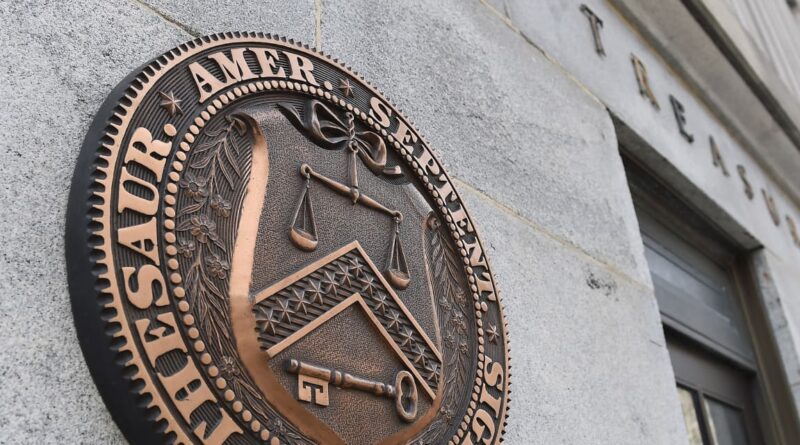The Stock Market has a yield problem that could get worse
Investors who followed the adage “sell in May and walk away” missed out on some great gains this month. However, there are some experts who think that the market will have to endure some summer problems.
Stocks closed on Wednesday and fell again on Thursday, but losses have been the exception, not the rule, this month. So far in May, the
S&P 500
increased by 4.6%, and
Nasdaq Composite
almost doubled, and saw an increase of 8.1%. Both indexes are up by double-digit percentages since the start of the year, based on gains in 2023.
There are many market watchers who think there is plenty of juice left in the tank, citing continued economic strength, consumer resilience, and strong earnings.
However, it is important to note that there are also words of concern. Even tech bulls have noted that a break – even if temporary – after big gains in companies like Nvidia won’t be too surprising. And earlier this month, Piper Sandler warned that technical indicators were deteriorating, while Stifel argued that the longer the Federal Reserve cuts interest rates, the harder it will be for the market to move forward. to go up.
On Thursday, Wolfe Research Chief Investment Officer Chris Senyek noted that the market’s fading hope of a rate cut in September, along with stubborn inflation, are among the factors driving the rise in yields. of the 10-year Treasury last week.
Advertising – Scroll to Continue
He also does not think that this is a future event, as he predicts “the yield of the US 10 may end the summer between 4.5% and 5.0%, with a bias towards the end of the range.”
High yields can be a trigger for stocks because investors who would have put their money into working equities may be tempted to choose risk-free government debt instead. Many other experts have also highlighted this ongoing problem for stocks.
Senyek therefore warns that investors should not worry too much. Business can be tough! In addition to stocks closing the month near overbought territory, expanded investment sentiment, a softer-than-expected economic reading, and rising inflation expectations, the latest increase -rao of long-term products is also likely to contribute to the volatile business this summer. ”
Advertising – Scroll to Continue
The Fed is also on the mind of Rosenberg Research Founder and President Dave Rosenberg, especially after Wednesday’s beige book review of US economic conditions. He notes that bulls may have trouble reconciling higher interest rates against the central bank’s economy, with mixed hiring plans and consumer pressure amid higher prices, and data these will help support the Treasury market more than stocks.
“Increasing volatility and extreme risks are not compatible with a 21 times price/earnings multiple,” as he summed up.
He also thinks that it means less than two weeks ago
Dow Jones industrial average
closed above the 40,000 mark for the first time but is now down 4% from that high. The Dow has been hurt by its lack of artificial intelligence winners, but it shows how quickly gains can evaporate.
Advertising – Scroll to Continue
Of course, this meeting has been criticized by skeptics before, and the picture is not all doom and gloom. Likewise, if interest rate cuts happen in the fall, that could undo any potential market pain that preceded it.
However, there is no guarantee for investors that this summer livin’ will be easy.
Write to Teresa Rivas at teresa.rivas@barrons.com
#Stock #Market #yield #problem #worse
